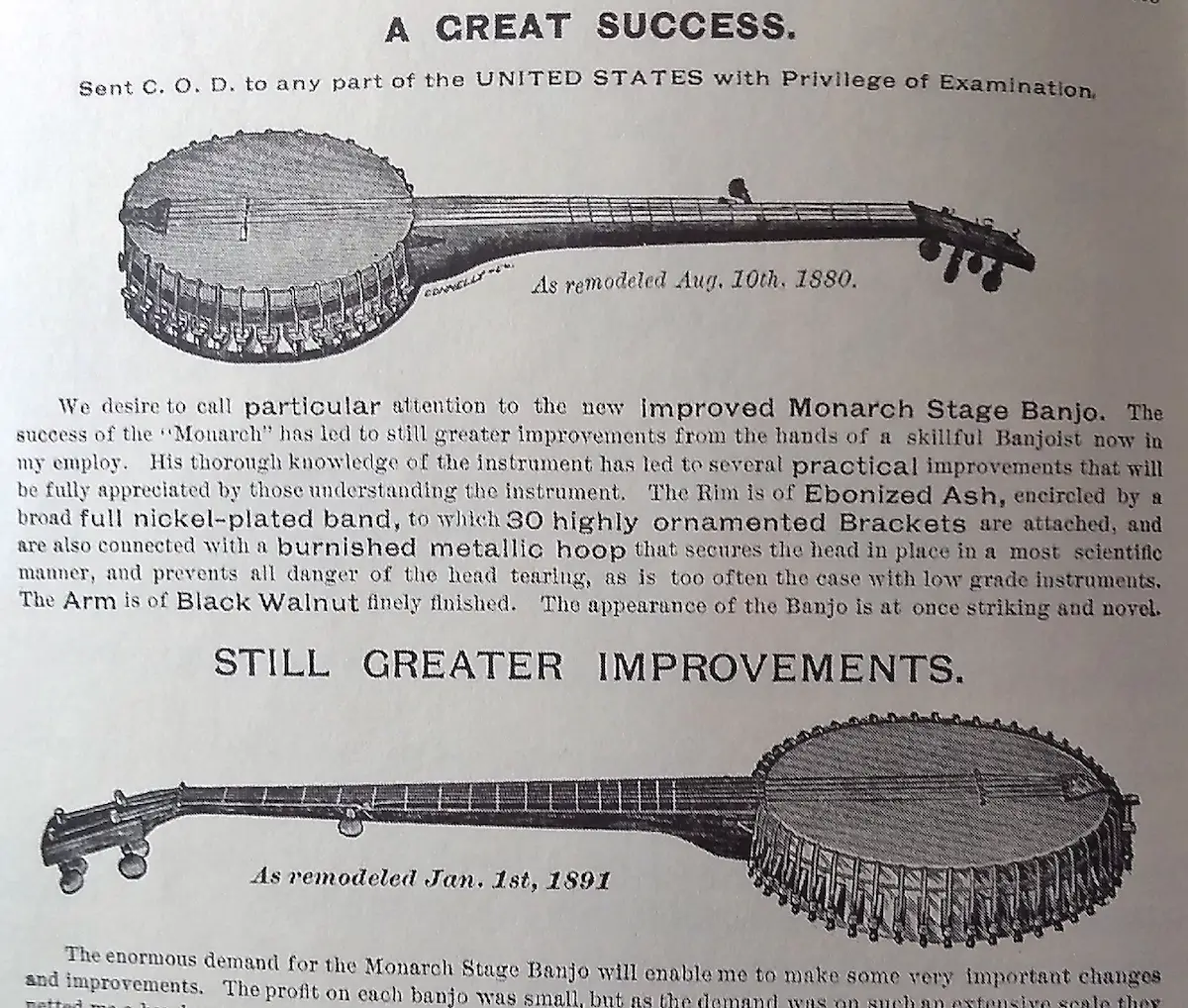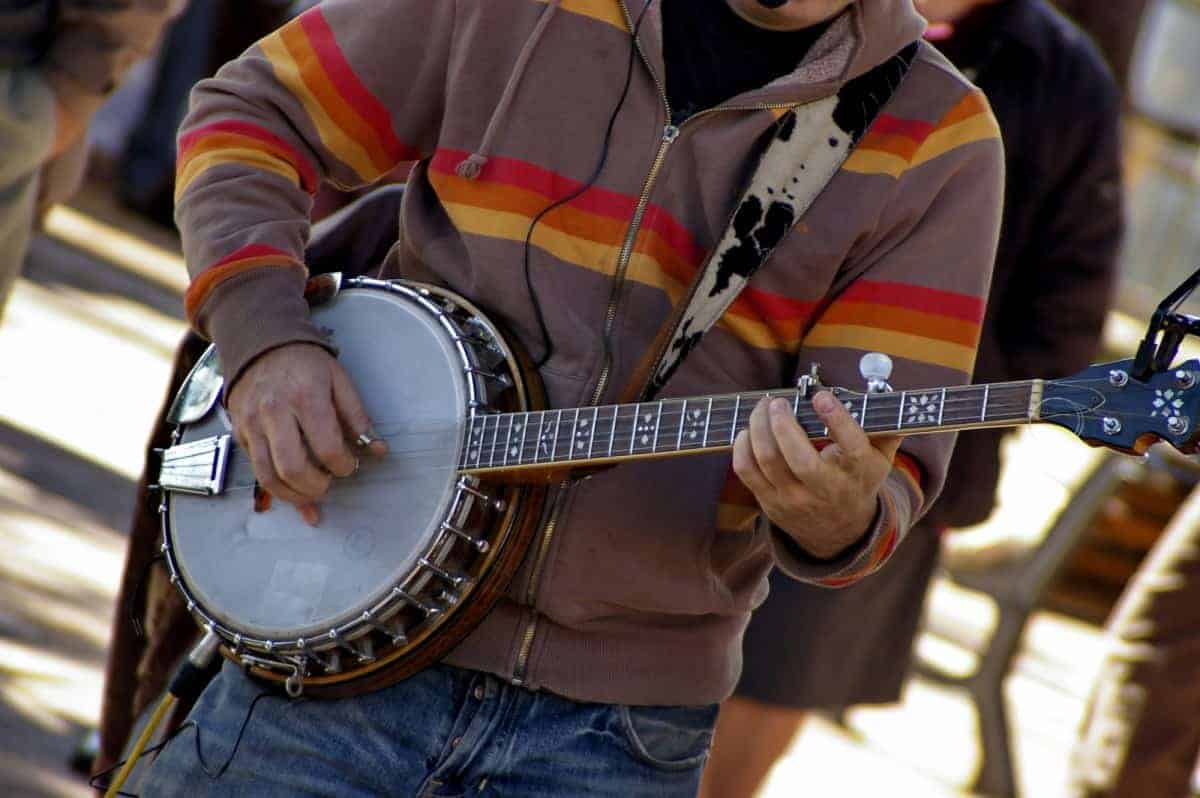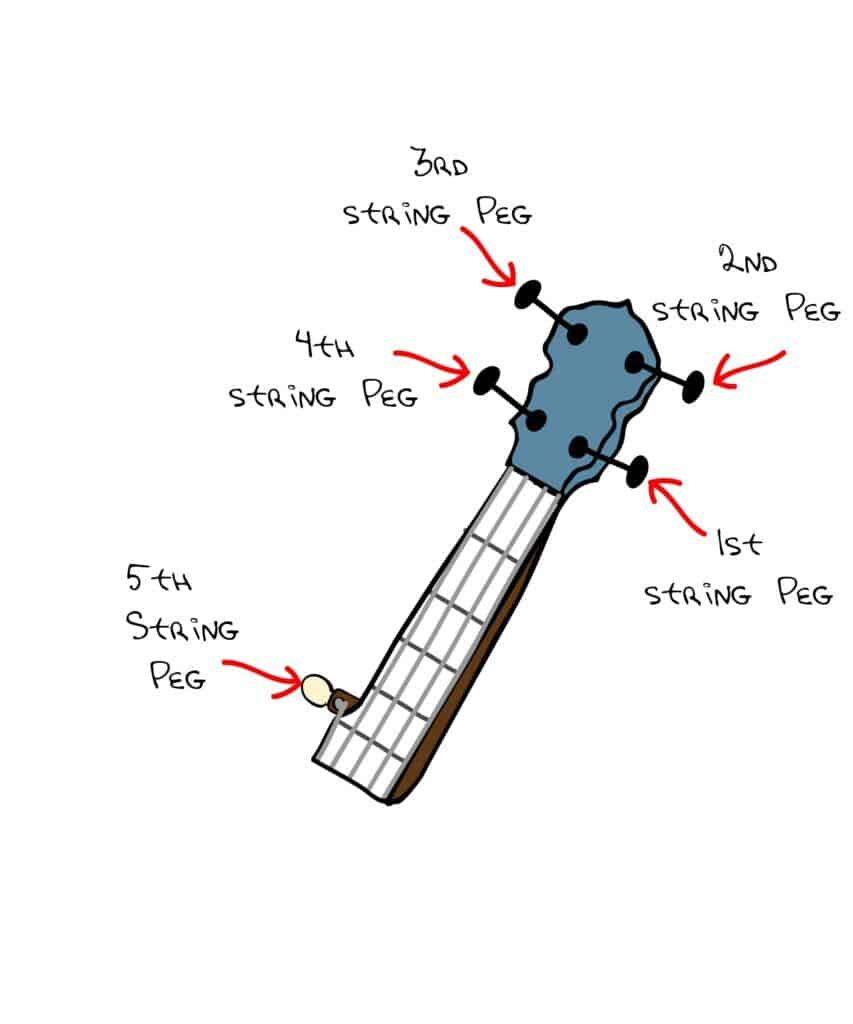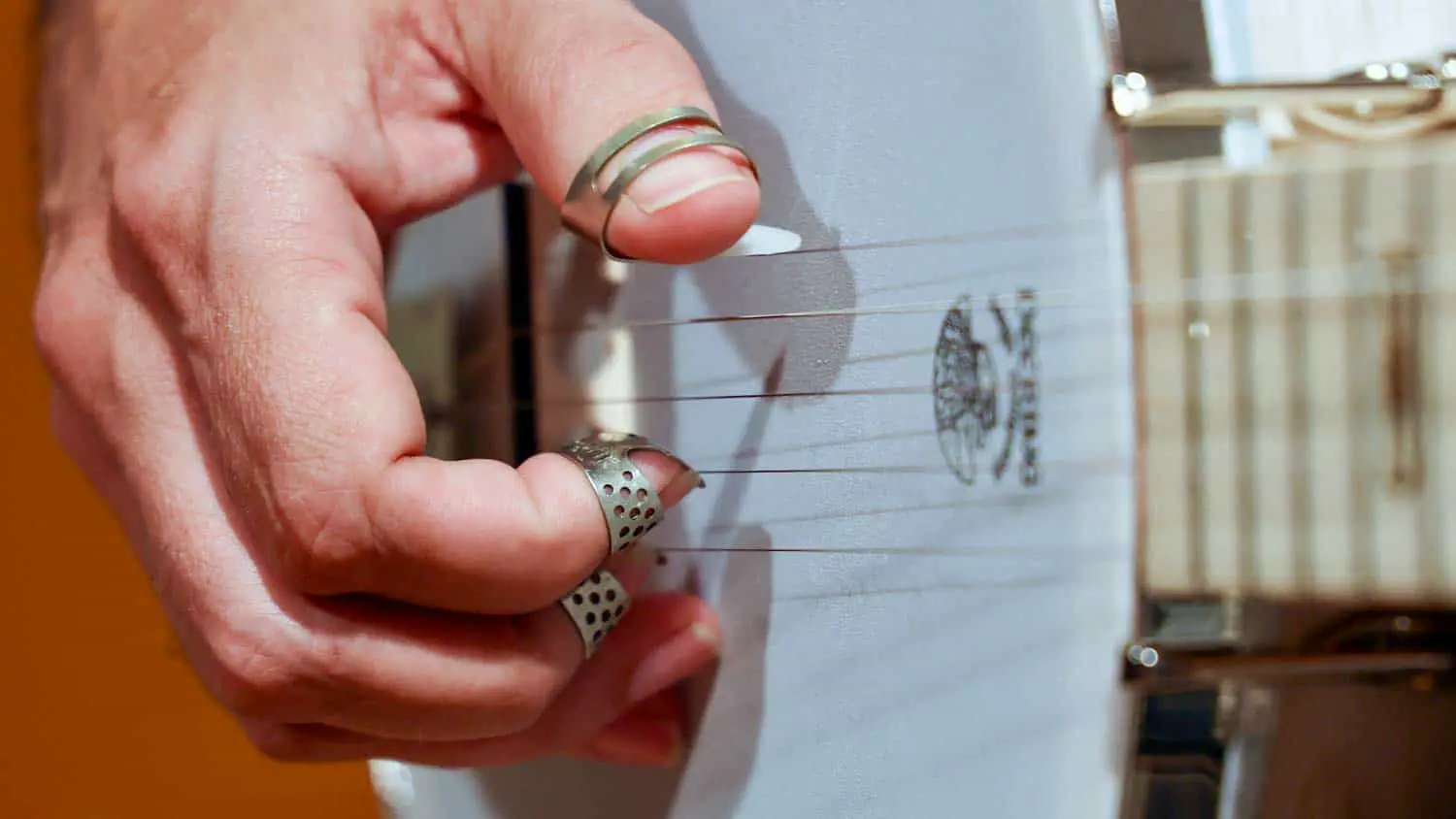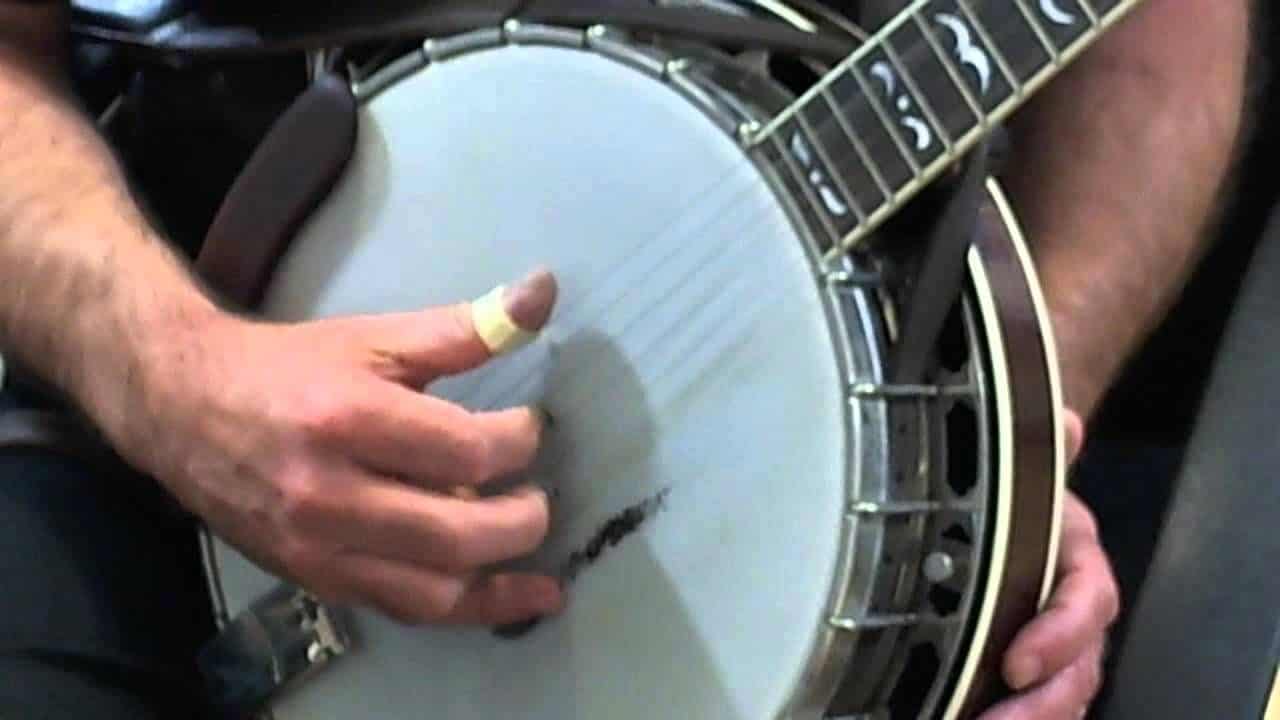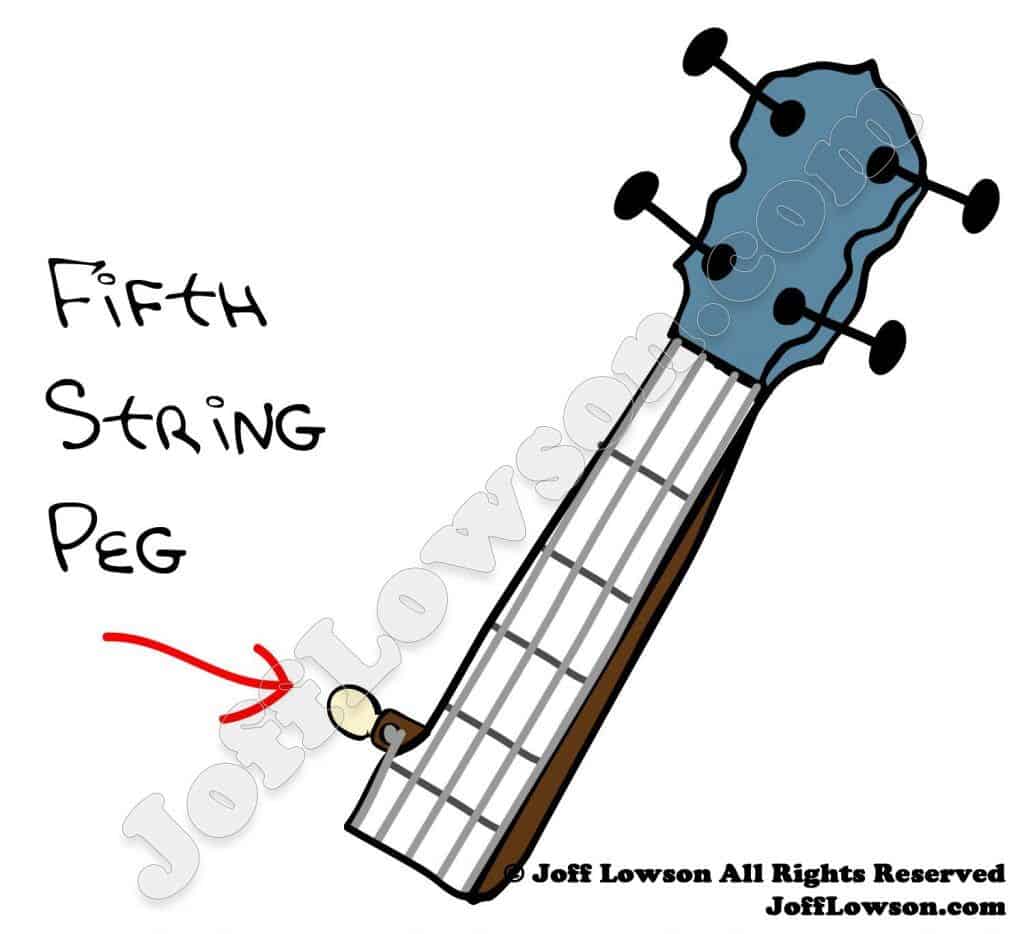Welcome to your ultimate guide to mastering the popular string instrument, the banjo! As an avid banjo player, I can tell you that there is nothing quite like the sound of a banjo strumming away, and I’m here to show you how to pick banjo. So whether you are a beginner or more experienced player, this guide will provide you with the necessary information to help you master the banjo. Let’s get started!
History of the Banjo
| Date | Description |
|---|---|
| 1620 | African slaves brought to America |
| 1781 | Banjo instrument appeared in America |
| 1890s | Banjo became popular in minstrel shows |
| 1920s | Banjo became popular in jazz and blues music |
| 1960s | Folk music revival popularized the banjo |
| 1980s | Bluegrass and traditional music began to gain popularity |
| Present | Banjo is utilized in many genres of music |
The banjo has a long and unique history. It was first brought to America by African slaves in 1620. The banjo first appeared in America in 1781, but it wasn’t until the 1890s that it became popular in minstrel shows. In the 1920s, it gained popularity in jazz and blues music. In the 1960s, the banjo became popular again during the folk music revival. During the 1980s, bluegrass and traditional music began to gain popularity and the banjo was a part of this resurgence. Today, banjos are used in many genres of music.
Types of Banjos
- Four-String Banjos
- Five-String Banjos
- Six-String Banjos
Four-string banjos are the most traditional type and have a deeper, warmer sound. They are ideal for playing folk and traditional styles. Five-string banjos have an extra string and produce a brighter sound, making them perfect for bluegrass and other fast-paced styles. Six-string banjos are the newest type and are tuned like a guitar, making them great for playing chordal accompaniment and melodic solos.
Tuning the Banjo
Tuning the banjo is essential to producing the desired sound. A banjo can be tuned using either a digital tuner or a tuning fork.
Using a Digital Tuner
Using a digital tuner is the easiest way to tune the banjo. Place the digital tuner microphone near the banjo’s bridge and pluck the string. The tuner will display the note and its corresponding frequency. Make sure to tune the string to the desired note and repeat the process for each string.
Using a Tuning Fork
Using a tuning fork is an alternative to using a digital tuner. Strike the tuning fork and hold it near the banjo’s bridge. Pluck the string and adjust the tuning pegs until the note produced is the same as the tuning fork’s. Repeat this process for each string.
Standard Tuning
The standard tuning for a banjo is G-D-G-B-D. The G string should be tuned to a higher pitch than the D string and the B string should be tuned to a higher pitch than the G string.
Tuning Tips
- Make sure to tune the banjo to the desired note and not too sharp or flat.
- Tune the banjo in a quiet environment for better accuracy.
- Turn the tuning pegs slowly to ensure proper tuning.
Holding the Banjo and Playing Position
- Sit in an upright, comfortable position with your back supported and your feet flat on the floor.
- Place the banjo on your right thigh and rest the head of the banjo against your left shoulder.
- Place your right arm in a relaxed position across the body of the banjo.
- Hold the neck of the banjo with your left hand.
- The thumb should be placed on the back of the neck, with the fingers facing the strings.
- Your left arm should be relaxed and bent at the elbow.
- The pick should be held between the thumb and index finger of the right hand.
- The pick should be angled so that the edge of the pick is facing the strings.
Learning the Fingerpicking Style
Fingerpicking is the most common way of playing the banjo. This style uses the fingers of the right hand to pluck the strings. To start learning the fingerpicking style, practice the basic rolls. These are the foundation of the fingerpicking style and will help you get comfortable with the instrument. Start with the alternating thumb roll, which consists of the thumb plucking the fifth string, followed by the middle finger plucking the third string. Practice this slowly at first and gradually increase your speed as you become more comfortable.
Once you have mastered the alternating thumb roll, you can move on to more complex rolls such as the forward roll and the backward roll. The forward roll consists of the thumb plucking the fifth string, followed by the index finger plucking the fourth string, then the middle finger plucking the third string and ending with the ring finger plucking the second string. The backward roll is the same pattern but in reverse order.
Once you are comfortable with the basic rolls, you can start learning more advanced techniques such as hammer-ons and pull-offs. These techniques involve fretting a note with one finger and then plucking another note without picking the string. This can add a unique sound to your playing.
Finally, you can start experimenting with picking patterns and improvisation. This is where you can really start to let your creativity shine. Create your own picking patterns, or try combining rolls and techniques to create something new. You can also learn to play songs by ear or learn by reading tablature.
With practice and dedication, you will soon be playing the banjo like a pro.
Playing the Strumming Style
| Strumming Style | Benefits |
|---|---|
| Down-Up Strum | Easy to learn; good for beginners. |
| Up-Down Strum | Gives an up-tempo, swinging feel. |
| Alternating Down-Up Strum | Gives a rolling, syncopated feel. |
| Alternating Up-Down Strum | Gives a driving, aggressive feel. |
Strumming is the technique of playing chords and melodies on the banjo by making rapid, repeated strokes with a pick or finger. It is one of the most popular banjo styles and the foundation of many other banjo techniques. There are four main strumming styles: down-up strum, up-down strum, alternating down-up strum, and alternating up-down strum. Each style has its own benefits and can be used to create different sounds and rhythms.
Learning the Chords
The first step to playing the banjo is to learn the chords. Chords are combinations of notes that produce different sounds when played together. Each chord has its own finger positions, which can be memorized easily. Beginner players should start with basic chords such as C, G, A, D, E, and F. Once these chords are mastered, more complex chords can be added to the repertoire.
To practice changing between chords, use a metronome to maintain a steady rhythm. Pluck each string slowly one at a time, making sure they all sound in tune. This will help develop good finger placement and muscle memory. After practicing the chords a few times, try playing them together in a song. Strum the chords to the beat and switch between them as the song progresses.
It is important to practice regularly in order to improve. Start by playing for at least 15 minutes a day and gradually increase the time each day. Additionally, try playing along with recordings of songs and jamming with friends. This will help to gain experience and develop a unique playing style.
Learning the chords is the foundation of playing the banjo and with enough practice, it can become a part of the player’s musical vocabulary.
Developing Speed and Technique
| Steps | Description |
|---|---|
| 1 | Start by practicing basic techniques. This includes playing chords, strumming, and plucking individual strings. |
| 2 | Practice songs you are familiar with at a slow tempo. As you get more comfortable, gradually increase the tempo. |
| 3 | Pay attention to the timing and rhythm. Make sure you are playing the right notes and chords at the right time. |
| 4 | Listen to recordings of banjo players to get an idea of how they play. Try to replicate their playing. |
| 5 | Practice scales and arpeggios. This will help you with your finger dexterity and speed. |
| 6 | Record yourself playing and listen back. This will help you identify any mistakes and areas to improve. |
Playing with Others
| Activity | Explanation |
|---|---|
| Jam Sessions | Find a local jam session and practice with other musicians. This is a great way to get to know other players and learn different styles of playing. |
| Duet Playing | Duets are a great way to practice with another player. This can help you learn to play in time and improve your listening skills. |
| Ensemble Playing | Playing as part of an ensemble can be a great way to learn how to play in a group setting. This can help you learn how to play with dynamics and blend in with the other players. |
Playing with others can be an invaluable experience for a banjo player. Jam sessions, duet playing and ensemble playing are all great ways to get better at playing the banjo. Jam sessions provide the opportunity to learn from and play with other musicians, while duet and ensemble playing help develop the skills necessary to play with others in a group setting.
Frequently Asked Questions
What are the components of a banjo?
A banjo typically consists of a neck, a resonator, a head, a tension hoop, a tailpiece, a bridge, strings and a tone ring. The neck is the part of the banjo that the strings are attached to and is usually made of wood or metal. The resonator is the back of the banjo and is designed to project sound forward. The head is the part of the banjo that covers the resonator. The tension hoop is a metal ring that tightens the head against the resonator. The tailpiece is the piece that the strings attach to and is usually made of metal. The bridge is the piece of wood or metal that the strings rest on. Finally, the tone ring is the piece of metal that sits between the head and the resonator and is designed to enhance the sound of the banjo.
What are the different techniques for playing the banjo?
Banjo playing involves the use of various techniques such as frailing, clawhammering, two-finger picking, three-finger picking and drop-thumbing. Frailing involves using a downward movement of the thumb to pick out a rapid rhythm while the other fingers simultaneously create a melody. Clawhammering involves using the fingernails to pick out a single note rhythm and then the thumb to provide a steady bass line. Two-finger picking involves the use of the index and middle finger to pick out individual notes, while three-finger picking utilizes the index, middle and ring finger for a more complex picking style. Drop-thumbing is a hybrid picking style that combines elements of clawhammering and two-finger picking.
How can I improve my fingerpicking technique?
Practice regularly, focusing on accuracy and consistency. Work on developing the muscle memory of your picking hand. Listen to recordings of advanced players for inspiration and guidance. Learn the chords and scales of the songs you are playing and practice them in different variations. Experiment with different fingerpicking patterns and rhythms. Pay attention to your posture, arm placement, and hand position. Focus on developing control over your fretting hand as well as your picking hand. Utilize a metronome to keep track of your progress and maintain a steady tempo.
What is the Best Way to Tune a Banjo?
Using an electronic tuner is the best way to tune a banjo. Tune the strings one at a time, starting from the 5th string and working your way up. Tune each string to the correct pitch as indicated by the tuner. It’s important to tune the strings accurately in order to avoid having to continually retune the banjo. When tuning by ear, use a reliable reference note to tune each string to the correct pitch. Alternatively, you can use the fifth fret of a neighbouring string to tune the string you are working on.
How can I learn the basics of banjo playing quickly?
Start by finding a good beginner’s lesson book or video tutorial. These will guide you through the basics of picking and strumming, chords and scales, and other fundamentals. Practice regularly, even if only for a few minutes a day. Listen to banjo players to pick up on new techniques and learn songs that you can practice your skills with. Consider taking lessons from an experienced banjo player or joining a banjo class. This will help you build a solid foundation and make learning the instrument easier.
Conclusion
Picking a banjo is all about personal preference. You should consider your skill level, budget, and desired sound when choosing the right banjo for you. Beginners should consider the types of banjos and the features that are important to them before making a purchase. More experienced players may want to experiment with different models and features to find the best instrument for their style and sound. Ultimately, the right banjo for you is the one that feels and sounds great in your hands.

